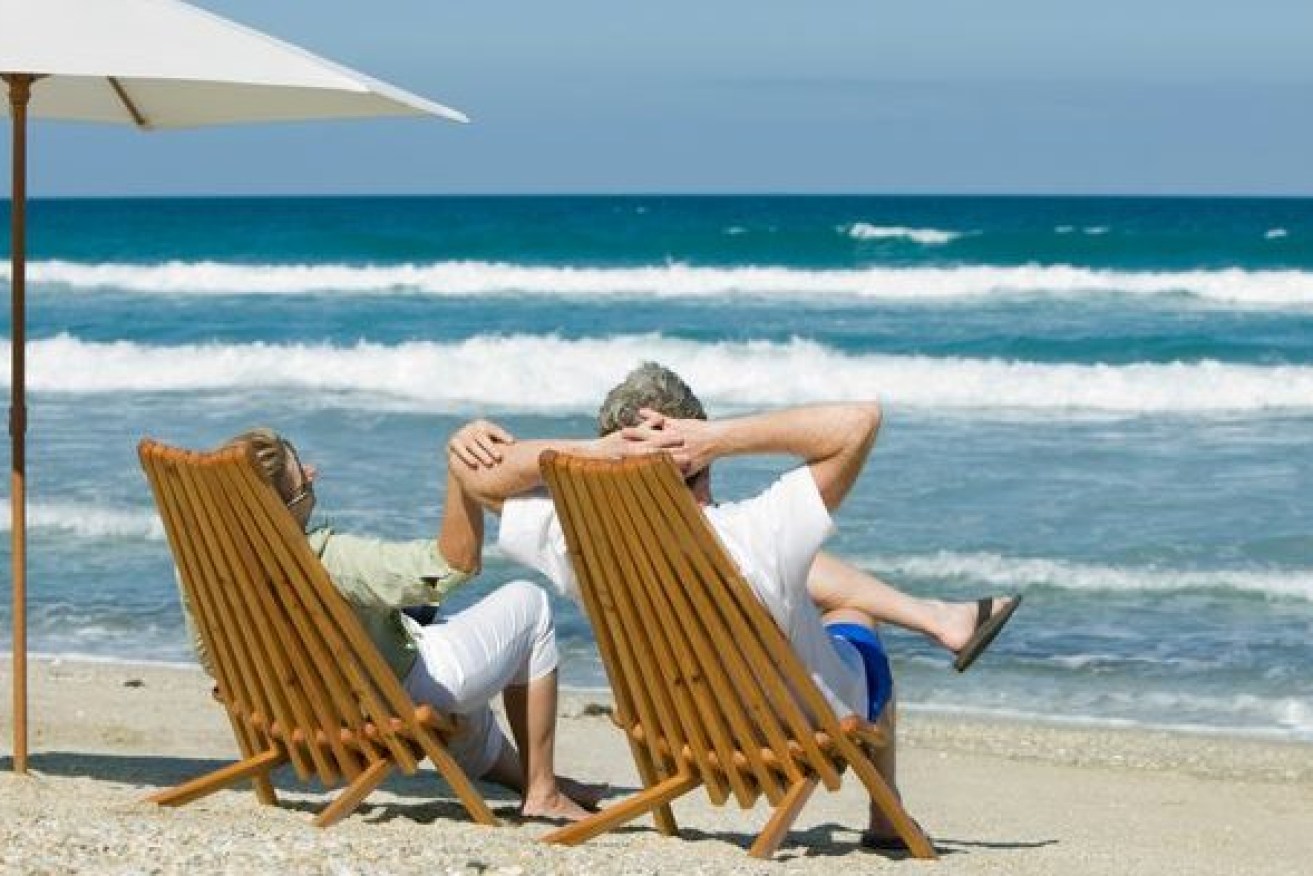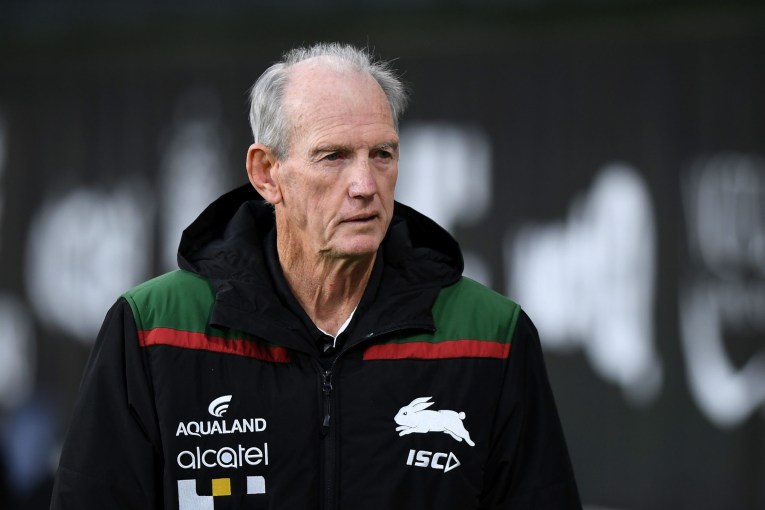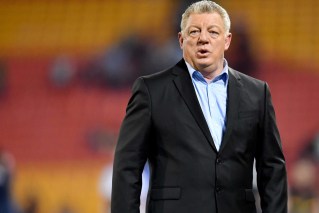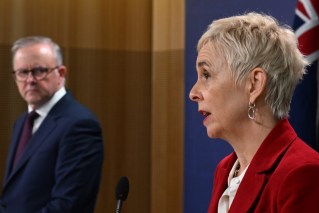Super industry claims a comfortable retirement now costs $700,000 a couple
A retired couple would need $70,000 a year at age 65 to live comfortably and as much as $50,000 for a single person, according to the superannuation industry.


Retirement costs climbed in the September quarter (file photo)
Inflation has caused severe issues for retirees and not just the self-funded ones. The Association of Superannuation Funds said the pension had also failed to keep up with rising costs.
“These ongoing pressures on retiree budgets have caused a related lift in the superannuation lump sums that ASFA estimates are needed at age 67 to fund either a modest of comfortable retirement,” the organisation said.
ASFA calculated the lump sum needed for a comfortable single retirement had increased about 9 per cent from $545,000 to $595,000, and about 7.8 per cent for a comfortable couple retirement from $640,000 to $690,000.
“While recent price increases have particularly impacted on the currently retired, the legislated 12 per cent superannuation guarantee will support the majority of Australians building adequate superannuation savings across their working lives to face future retirement costs with confidence,” ASFA chief executive Martin Fahy said.
ASFA said retirees had faced significant price increases over the last four quarters for non-discretionary items such as food, electricity and automotive fuel. Costs of domestic and international travel were also up substantially.
Spending categories showing some of the largest annual price increases included Food (rose by 9.2 per cent); Bread (13.4 per cent); Meat and seafoods (8.2 per cent); Milk (17.9 per cent); Oils and fats (20.8 per cent); Gas (17.4 per cent); Electricity (11.7 per cent); Household appliances (10.2 per cent); Domestic travel and accommodation (19.8 per cent), and International travel and accommodation (15.9 per cent).
Chant West, which monitors the performance of super funds, said the median growth fund in February lost on average about 0.5 per cent after a 3 per cent gain in January.
Over the month, Australian shares dipped 2.6 per cent while hedged international shares lost 1.6 per cent.
With bond yields rising, Australian and international bonds fell 1.3 per cent and 1.8 per cent, respectively.
“Despite all of this the median growth fund, mainly through diversification, only lost 0.5 per cent,” Chant West said.
“In particular, funds were able to benefit from exposure to unlisted assets and foreign currency. With the Australian dollar’s depreciation over the month (down from US$0.70 to US$0.67), the international shares loss of 1.6 per cent in hedged terms translated to a gain of 2.1 per cent in unhedged terms.”












